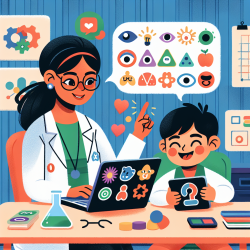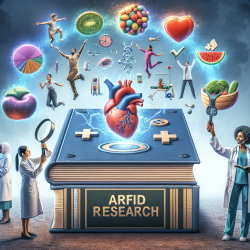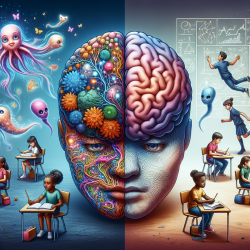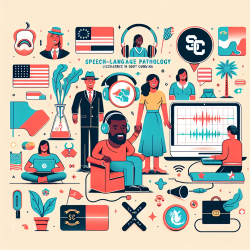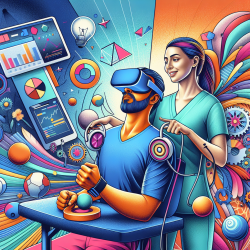As a Special Education Director, you are constantly seeking ways to enhance the educational experience for students with autism. A recent study titled Beneficial aspects of autism stemming from enhanced visuospatial skills: Result from a comparative study in India provides valuable insights that can be implemented to improve your practice. This blog will explore how you can leverage the findings from this research to better support students with autism and encourage further research in this field.
Understanding the Research
The study conducted by Karmakar and Sarkar (2020) focused on assessing the visuospatial perception skills of children with autism compared to typically developing (TD) children in India. The researchers used tests for disjunctive and conjunction search, real-world visual search, and visual working memory. The findings revealed that children with autism performed significantly better in visual search tasks and were comparable in visual working memory tests.
Key Findings
- Children with autism have enhanced visual search skills.
- These skills can be utilized in jobs requiring good observation and attention to detail.
- Visual working memory in children with autism is comparable to that of TD children.
Implementing the Findings in Practice
As a practitioner, you can use these findings to create more effective educational strategies and support systems for students with autism. Here are some actionable steps:
1. Develop Visual-Based Learning Materials
Given their enhanced visual search skills, students with autism can benefit from learning materials that emphasize visual elements. Use colorful charts, diagrams, and visual aids to explain concepts. Incorporate visual search activities into your lesson plans to engage these students effectively.
2. Create Career Pathways
Encourage students with autism to explore careers that require strong visual skills. Fields such as graphic design, data analysis, and quality control can be particularly suitable. Collaborate with vocational counselors to develop tailored career guidance programs.
3. Utilize Technology
Leverage technology to support visual learning. Tools like interactive whiteboards, educational apps, and online therapy platforms like TinyEYE can provide customized visual learning experiences. These technologies can help students with autism develop their visual skills further.
4. Encourage Further Research
Promote and support further research in this area. Engage with local universities and research institutions to conduct studies on visual skills in students with autism. This will not only contribute to the existing body of knowledge but also provide more tailored strategies for educators.
Networking and Collaboration
Networking is crucial in the field of special education. Attend conferences, webinars, and workshops to stay updated on the latest research and best practices. Collaborate with other special education professionals to share insights and strategies. Join online forums and professional networks to discuss challenges and solutions related to supporting students with autism.
Conclusion
The research by Karmakar and Sarkar (2020) highlights the enhanced visuospatial skills of children with autism and provides a foundation for developing more effective educational strategies. By implementing these findings, you can create a more supportive and enriching learning environment for your students. Encourage further research to continue improving practices and outcomes for students with autism.
To read the original research paper, please follow this link: Beneficial aspects of autism stemming from enhanced visuospatial skills: Result from a comparative study in India.
